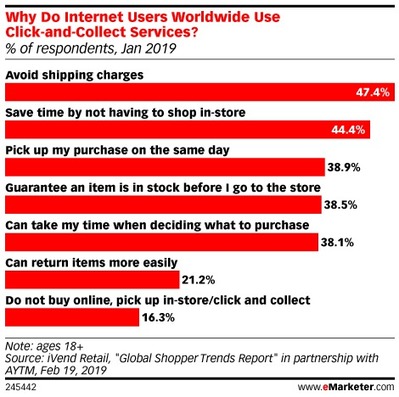Consumers Are Looking for Transparent Delivery and Self-Service from an Evolving Customer Experience – eMarketer Trends, Forecasts & Statistics
“Amazon is at the core of this burgeoning delivery economy,” said Andy Grygiel, CMO of visibility solutions provider project44. “Where logistics was once and only a cost center, Amazon has turned it into a competitive advantage. For example, a friend of mine told me this situation where his daughter was home from college and she ordered something online with the expectation that it would arrive in 24 to 48 hours. But when she found out it wasn't going to be delivered in that time, she canceled the order and went somewhere else. That timely delivery is really important.”In a January 2019 survey from digital consultancy Avionos, the largest share of US digital shoppers said that fast shipping makes for a positive retail experience—more so than an easy return policy, friendly customer service reps, or buy online, pick up in-store (BOPUS) options.










